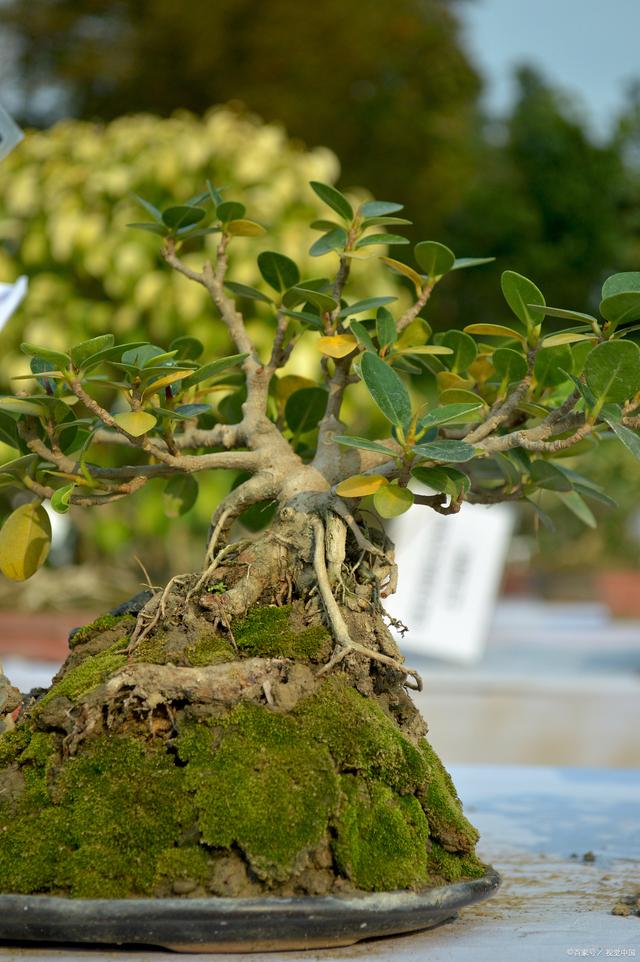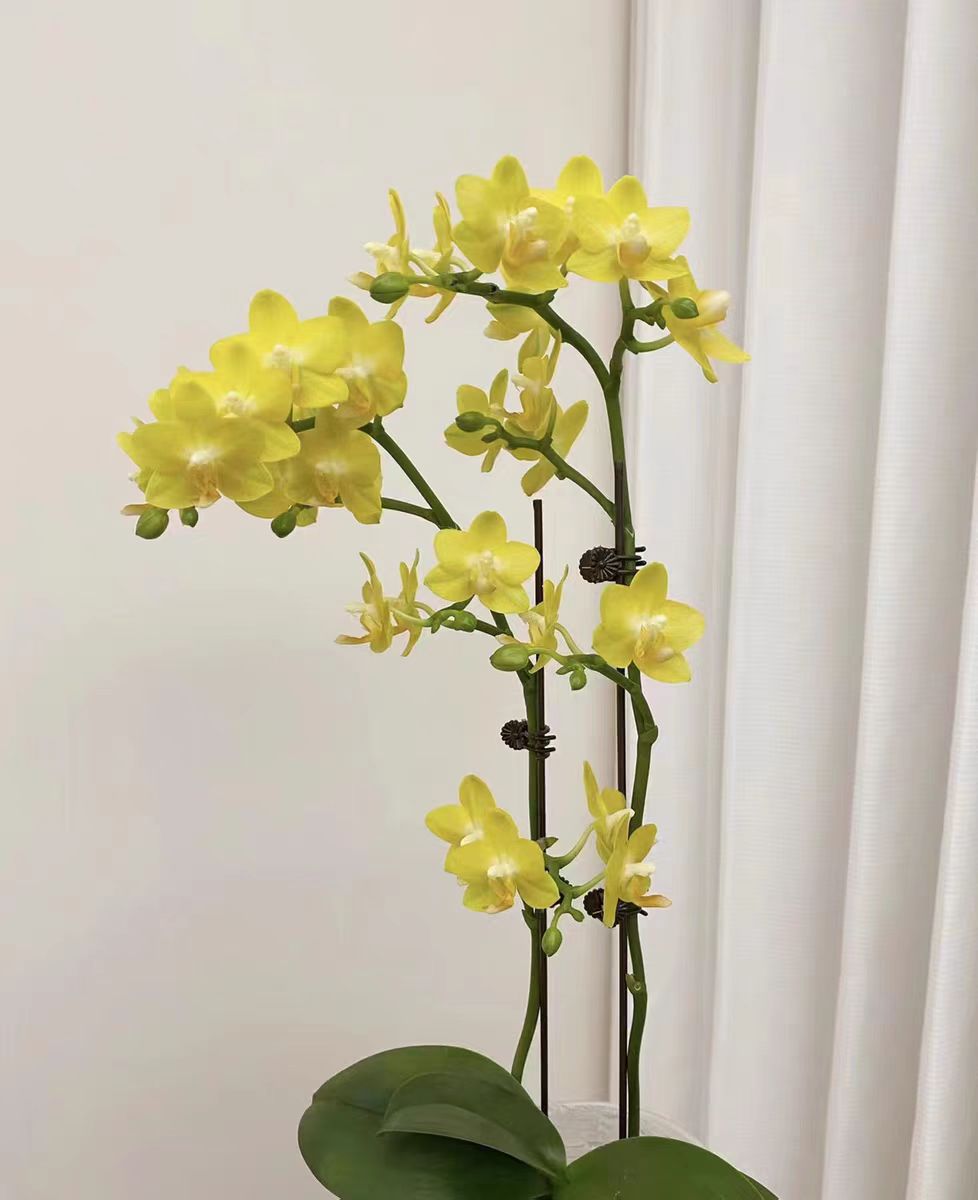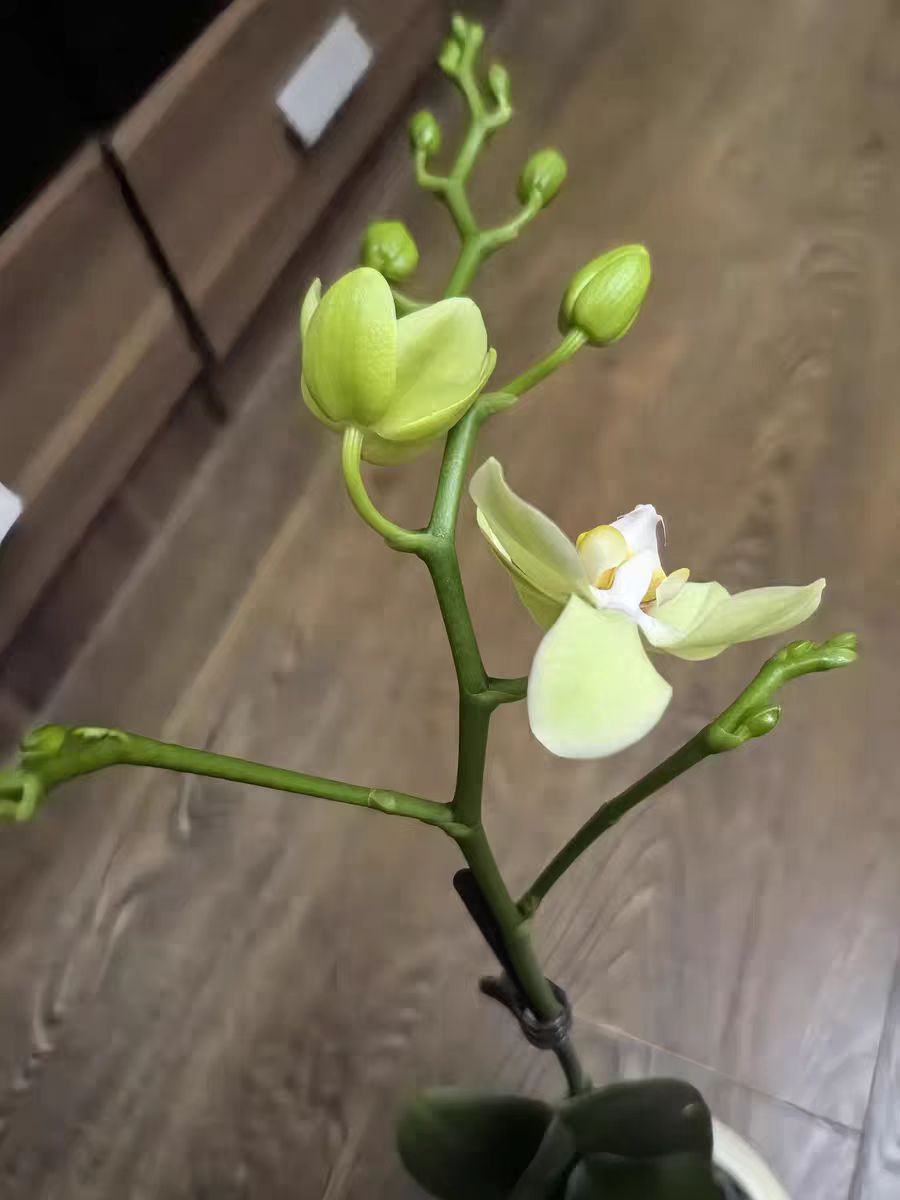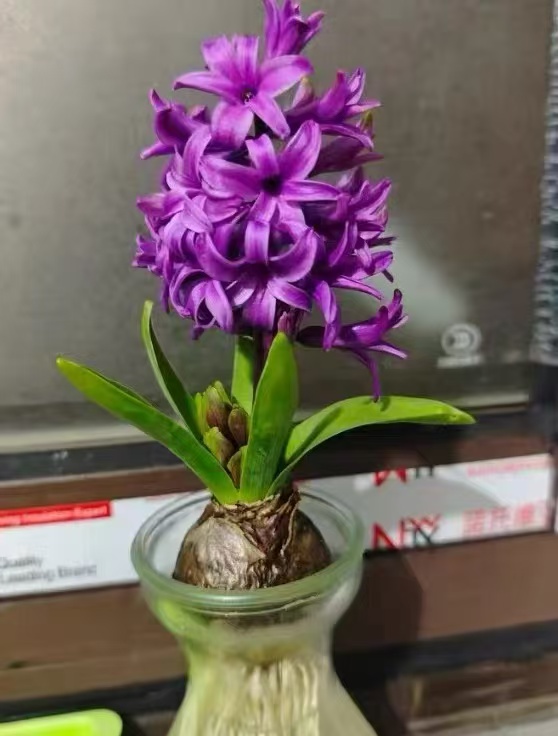Pistacia weinmannifolia, scientifically known as Pistacia weinmannifolia, is a shrub or small tree belonging to the Pistacia genus of the Anacardiaceae family. It can grow up to 15 meters tall, with gray bark, luxuriant branches and leaves. The young leaves are red and the old leaves are green, emitting a fragrant odor. Pistacia weinmannifolia is drought-resistant, barren-resistant and highly adaptable, making it a pioneer tree species for afforestation in barren mountains. Its fruits are red when mature. The seeds can be used for extracting oil, and the bark and leaves can be used as medicine, with effects such as anti-inflammation, detoxification, astringency and antidiarrheal. Meanwhile, Pistacia weinmannifolia is also a good ornamental plant and is often used for courtyard and roadside greening.
Among the folk, there are various opinions on whether Pistacia weinmannifolia is an ominous or auspicious tree. However, such claims are mostly based on traditional concepts and unsubstantiated legends, and there is no conclusive scientific evidence to define it as either.
In some cultures and traditions, Pistacia weinmannifolia is regarded as an auspicious tree, carrying implications of praying for blessings, warding off evil spirits and protection. For instance, in Buddhism, it is considered one of the sacred trees, capable of bringing wisdom, tranquility and well-being. In certain areas, people believe that its fragrance can eliminate germs and keep the environment fresh.
Nevertheless, from a scientific perspective, Pistacia weinmannifolia is just an ordinary plant, and there are no particularly clear taboos for raising it at home.
The following are some key points for maintaining Pistacia weinmannifolia at home:
1. Avoid placing it in dark and damp places: It is best to keep it in a well-ventilated and well-lit environment.
2. Not suitable for the bedroom: The fragrance emitted by its leaves is relatively strong. If the bedroom is small and poorly ventilated, it may affect sleep quality. Long-term exposure may cause symptoms such as dizziness and breathing difficulties. In severe cases, it may even lead to allergies.
3. Pay attention to the placement: During maintenance, ensure appropriate air humidity and temperature. It can be placed in a corner with sufficient light, but not under a beam or facing the toilet; nor should it face the idol or be placed too high.
It should be noted that although Pistacia weinmannifolia is generally not harmful to the human body, its leaves and bark contain certain chemical components. Improper use may cause harm to the human body, as follows:
1. Skin allergies: Pistacia weinmannifolia has a certain degree of irritation and may cause allergic reactions in people with allergic constitutions, such as skin itching, redness and swelling. In severe cases, it may even cause anaphylactic shock.
2. Respiratory discomfort: Inhaling a large amount of the smell of Pistacia weinmannifolia may stimulate the throat area, causing symptoms such as coughing and sore throat.
3. Gastrointestinal discomfort: Pistacia weinmannifolia is a type of Chinese medicinal herb. Long-term use may cause irritation to the gastrointestinal tract, causing discomfort symptoms such as abdominal pain, bloating or diarrhea.
Therefore, in daily life, precautions should be taken to avoid contact with irritating substances. If discomfort symptoms occur, it is recommended to seek medical attention promptly. In addition, when using Pistacia weinmannifolia, one should follow the advice of doctors or professionals and avoid self-use.
What should be noted when raising Pistacia weinmannifolia at home?

Share with
Tagged in :




Leave a Reply